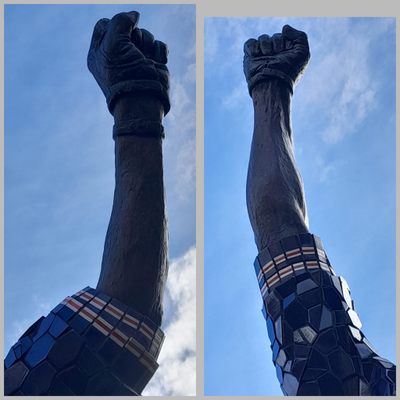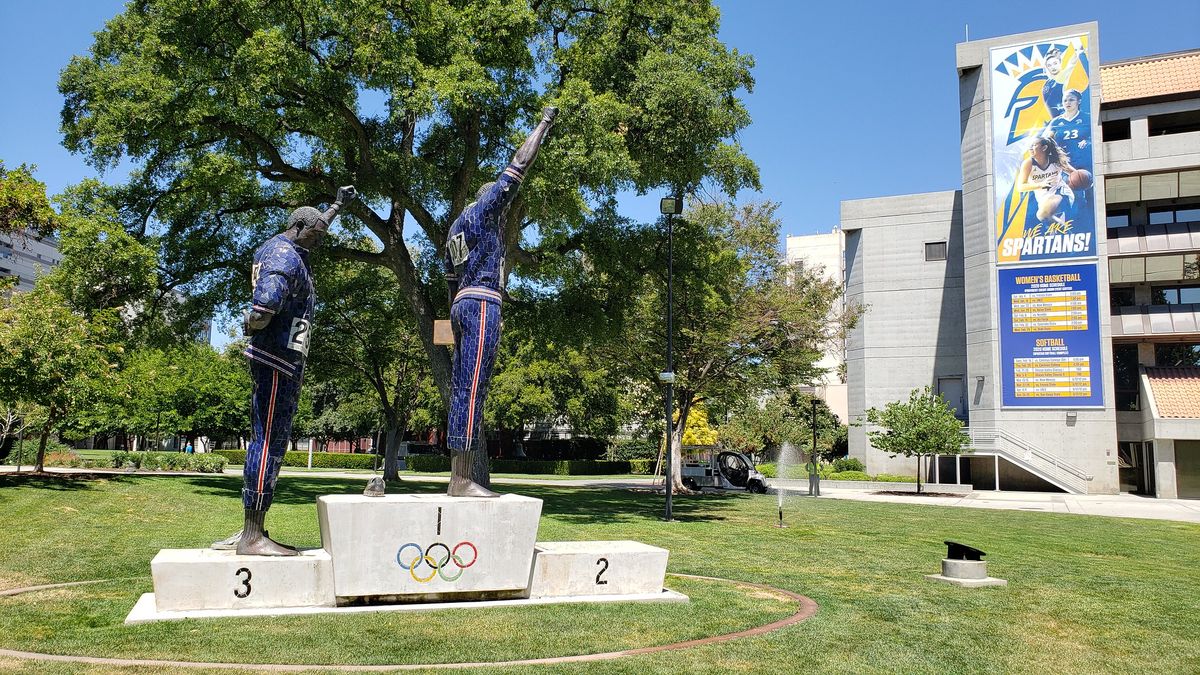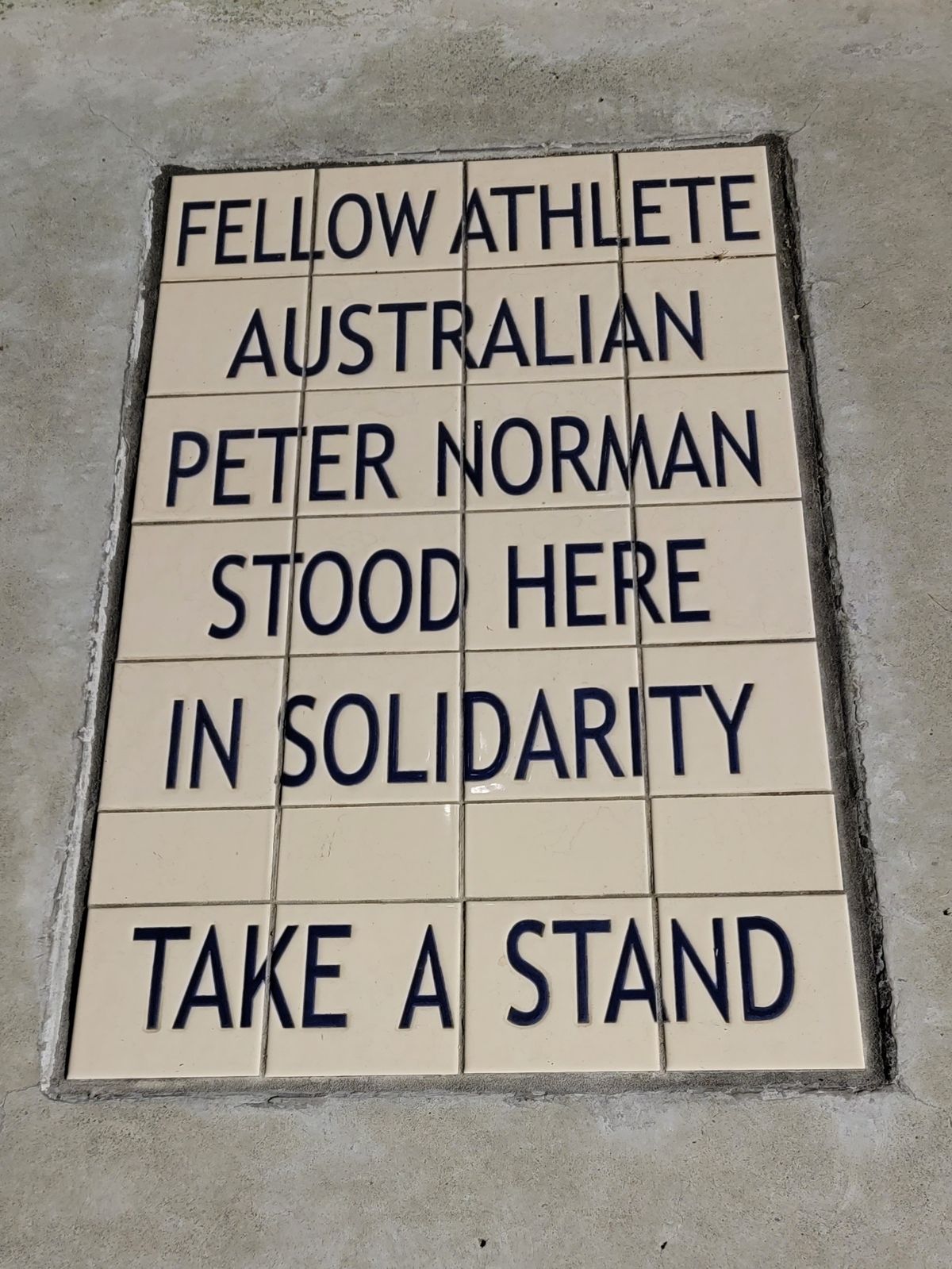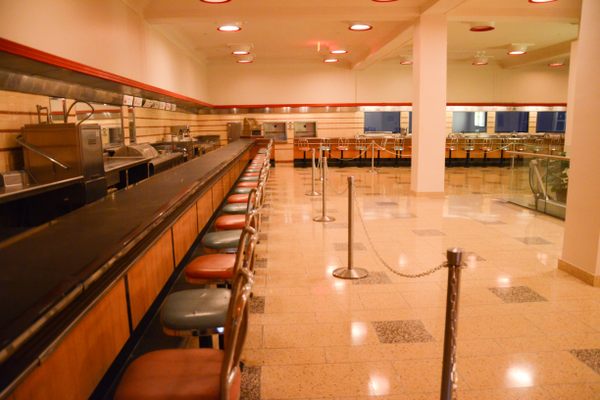About
Perhaps no image from the 1968 Summer Olympics in Mexico City is more recognizable than the silent protest of Tommie Smith and John Carlos on the Olympic medalist podium. During the award ceremony, Smith and Carlos, gold and bronze medalists in the 200-meter track event, raised their black-gloved fists in a Black power salute, and removed their shoes to symbolize Black poverty.
The African-American athletes intended to draw global attention to the plight of people of color in the U.S., spotlighting the injustice and inequality endured by millions of Black Americans.
At the time, the political gesture was criticized and even booed by some of the crowd at the stadium. Back in the U.S., Smith and Carlos were ostracized from the sporting establishment, subject to widespread criticism and abuse, and received death threats. But like the movement they came to represent, the protesters persevered. Both Smith and Carlos went on to have successful careers in the NFL and later in teaching and community work.
In 2005, Tommie Smith and John Carlos were honored by their alma mater, San Jose State University, with a sculpture depicting their famous gesture. Rigo 23, a Portuguese-born artist often associated with the Black Power and equal rights movements, constructed the piece in the center of the San Jose State University campus. The piece is entitled, "Victory Salute ".
The statue stands at 22 feet tall, and notably lacks Australian second place medalist Peter Norman. (It was Norman who suggested that Smith and Carlos share the black gloves used in their salute after Carlos left his pair in the Olympic Village. This is the reason for Smith raising his right fist, while Carlos raised his left.) Norman stood in solidarity with Smith and Carlos (and suffered back in his native Australia because of it). Rather than be depicted in the installation he suggested his space on the platform be left empty. This allows visitors to stand in his spot on the podium, in solidarity with the civil rights movement for years to come.
Related Tags
Know Before You Go
The statue is located on the San Jose State University campus, next to Clark Hall and Tower Hall in Washington Square, where South 6th Street and East San Antonio Street would intersect.
The nearest parking is either the parking structure near the MLK Jr. Library, or in one of the parking garages at SJSU.
Community Contributors
Added By
Published
January 26, 2017
Sources
- http://www.roadsideamerica.com/story/12702
- http://as.sjsu.edu/legacy/Smith-Carlos.pdf
- https://en.wikipedia.org/wiki/1968_Olympics_Black_Power_salute
- https://en.wikipedia.org/wiki/Rigo_23
- https://en.wikipedia.org/wiki/Peter_Norman
- I was ther Director if rhe Piblic Art Program at SJSU and enables the installation. We worked closely with Rigo 23.





















































